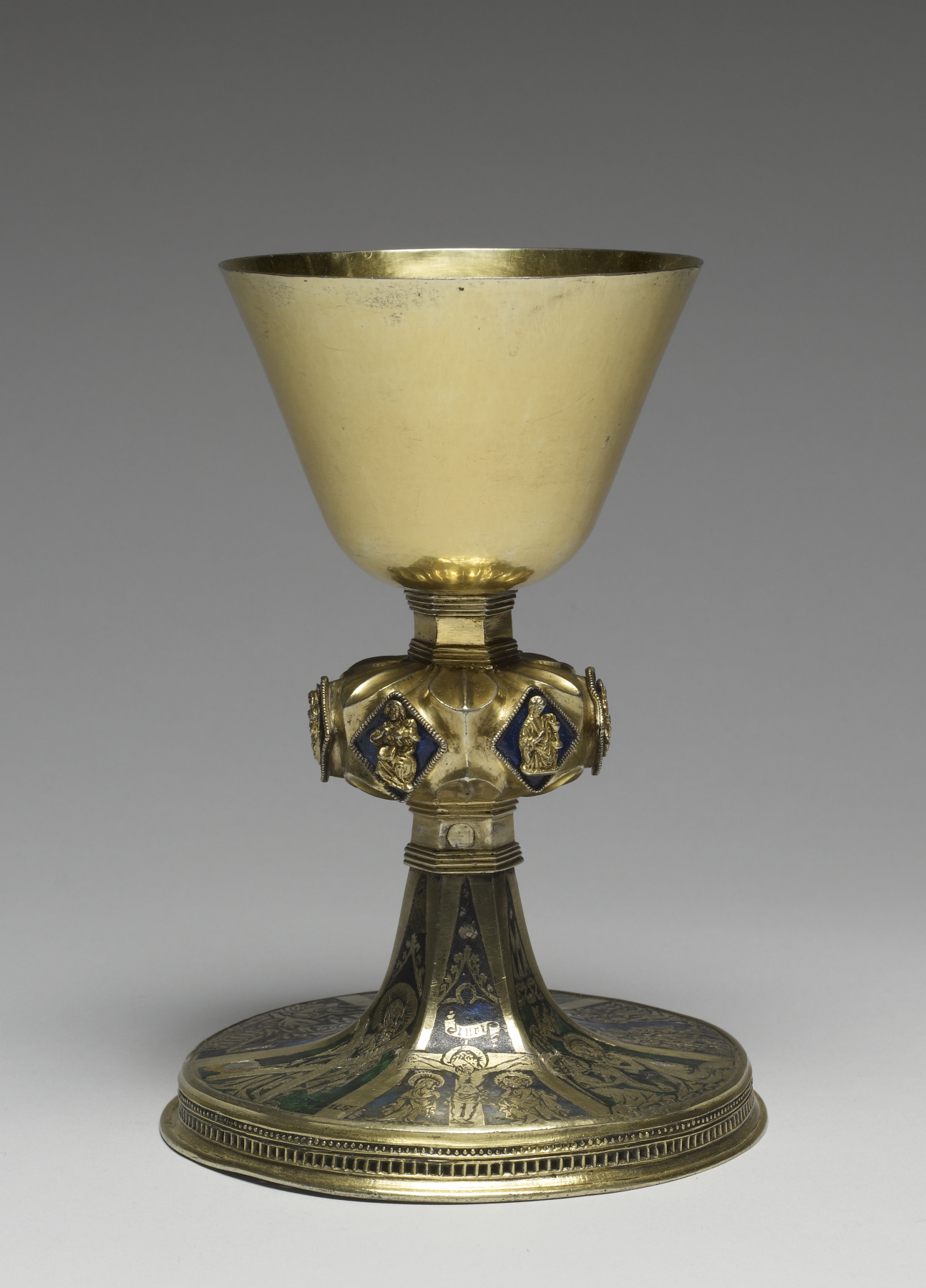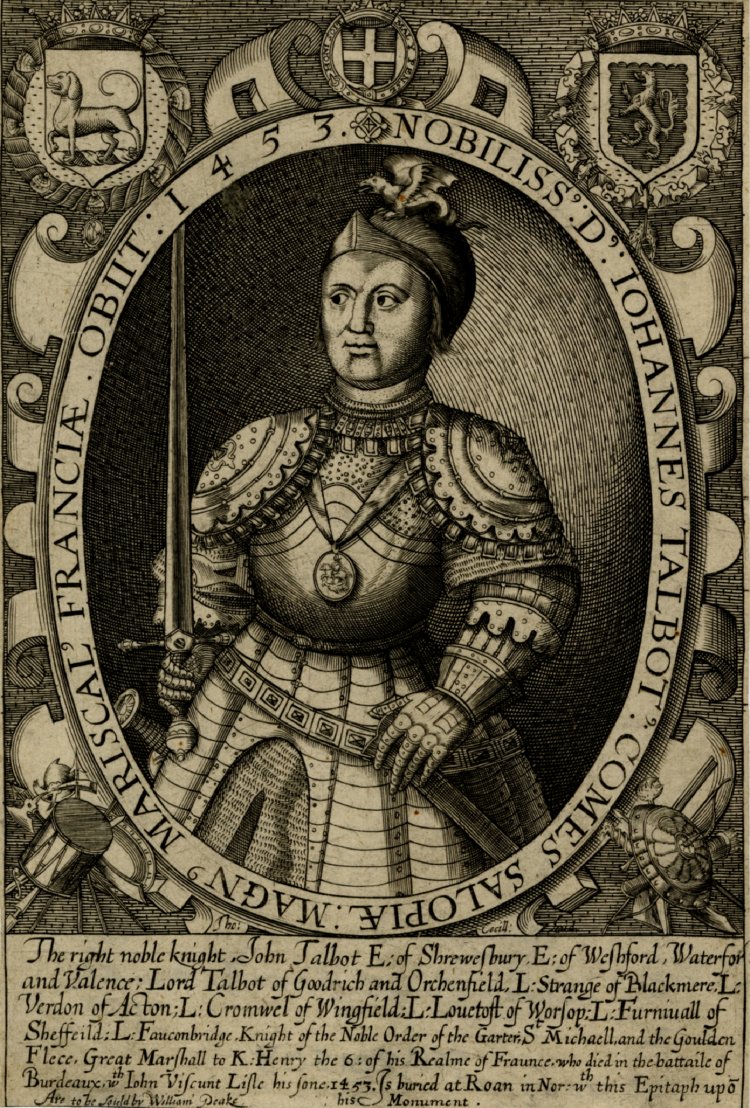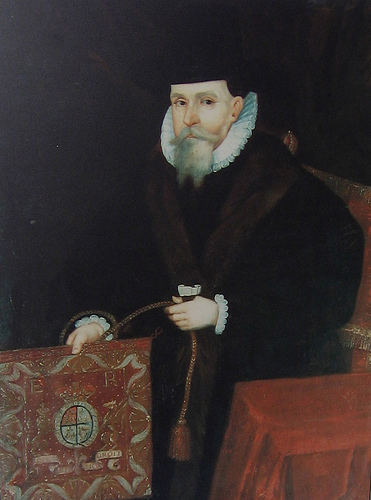|
Edward Dantsey
Edward Dantsey or Dauntsey (c. 1370 - 1430) was a fifteenth-century Bishop of Meath, who also held high political office in Ireland, serving as Lord High Treasurer of Ireland and twice as Deputy to the Lord Lieutenant of Ireland. In a curious episode in 1426, he was wrongfully charged with theft, but acquitted.''Close Rolls 5 Henry VI'' Early career He was born in England. Little is known of his family background, but his closest links seem to have been with Devon and Cornwall. He was educated at the University of Oxford, where he was a student between 1390 and 1397. He studied as a lawyer as well as training for the priesthood, and graduated with several degrees in law and divinity. He became a deacon in 1392 and was ordained a priest before 1412. He held several benefices in the Diocese of Exeter, and was Archdeacon of Cornwall from 1397 to 1412. He became Bishop of Meath in the latter year and received the temporalities of the Diocese in 1413.Healy Vol.1 p.149 He became a me ... [...More Info...] [...Related Items...] OR: [Wikipedia] [Google] [Baidu] |
Bishop Of Meath
The Bishop of Meath is an episcopal title which takes its name after the ancient Kingdom of Meath. In the Catholic Church it remains as a separate title, but in the Church of Ireland it has been united with another bishopric. History Until the early twelfth century, the Kingdom of Meath had been divided into eight small monastic episcopal sees, which were located at Clonard, Duleek, Kells, Trim, Ardbraccan, Dunshaughlin, Slane, and Fore. By the time of the Synod of Rathbreasail, held in 1111, the last five had been united to the see of Clonard. Duleek was still recognized as a separate bishopric at the Synod of Kells, held in 1152, but disappeared not long after that date. The see of Kells was ruled together with Breifne (later Kilmore) in the second half of the twelfth century, but after 1211 Kells was incorporated into the diocese of Meath. During the twelfth century, the bishops of Clonard were frequently called the "bishop of Meath" or "bishop of the men of Meath". ... [...More Info...] [...Related Items...] OR: [Wikipedia] [Google] [Baidu] |
Archdeacon Of Cornwall
The Archdeacon of Cornwall is a senior cleric in the Church of England Diocese of Truro and one of two archdeacons in the diocese. History and composition The archdeaconry of Cornwall was created in the Diocese of Exeter in the late 11th century. The area and the archdeacon remained part of that diocese until 15 December 1876 when the Diocese of Truro was established. The archdeaconry was then divided on 21 May 1878 to create the new Archdeaconry of Bodmin. Today, the archdeaconry of Cornwall consists of the deaneries of Carnmarth North, Carnmarth South, Kerrier, Penwith, Powder, Pydar and St Austell (Powder deanery includes the Isles of Scilly). List of archdeacons High Medieval *?–1086–?: Roland *?–13 June 1098 (d.): Alnothus *bef. 1110–aft. 1110: Ernaldus *bef. –aft. : Hugo de Auco *bef. –aft. : William *bef. –aft. : A. *aft. –30 April 1157 (d.): Walter *aft. 1161–bef. 1171: Ralph Luce *?–7 September 1171 (d.): Peter *bef. –aft. : Galterus *be ... [...More Info...] [...Related Items...] OR: [Wikipedia] [Google] [Baidu] |
John Blakeney (Irish Judge)
John Blakeney (died 1438) was an Irish judge of the fifteenth century, who served three times as Chief Justice of the Common Pleas.Ball p.174 He was born in Dublin, to a long-established Dublin family. It is unclear if he was a relative of James Blakeney, another senior official of the same generation who held office as Chancellor of the Exchequer of Ireland and as Chief Escheator. He is first heard of as a Crown official in 1405, when he was ordered to convey lands at Navan to Sir Jenico d'Artois.''Patent Roll 7 Henry IV'' In 1413 he was acting as judge of assize in Dublin and the counties of the Pale. He was appointed Chief Justice of the Irish Common Pleas in 1420 at Donore, the Crown authorities "trusting in his fealty and circumspection", stated that the appointment was "for his good services already done and to be done in the future".''Patent Rolls 8 Henry V'' According to the letters patent appointing him, he was to hold office so long as he was of good behaviour. His sa ... [...More Info...] [...Related Items...] OR: [Wikipedia] [Google] [Baidu] |
Hill Of Tara
The Hill of Tara ( or ) is a hill and ancient ceremonial and burial site near Skryne in County Meath, Ireland. Tradition identifies the hill as the inauguration place and seat of the High Kings of Ireland; it also appears in Irish mythology. Tara consists of numerous monuments and earthworks—dating from the Neolithic Ireland, Neolithic to the Iron Age Ireland, Iron Age—including a passage tomb (the "Mound of the Hostages"), Tumulus, burial mounds, Enclosure (archaeology), round enclosures, a standing stone (believed to be the ''Lia Fáil'' or "Stone of Destiny"), and a ceremonial Avenue (archaeology), avenue. There is also a church and graveyard on the hill. Tara forms part of a larger ancient landscape and Tara itself is a protected National monument (Ireland), national monument under the care of the Office of Public Works, an agency of the Government of Ireland, Irish Government. Name The name ''Tara'' is an anglicization of the Irish name or ('hill of Tara'). It is al ... [...More Info...] [...Related Items...] OR: [Wikipedia] [Google] [Baidu] |
Chalice
A chalice (from Latin 'cup', taken from the Ancient Greek () 'cup') is a drinking cup raised on a stem with a foot or base. Although it is a technical archaeological term, in modern parlance the word is now used almost exclusively for the cups used in Christian liturgy as part of a service of the Eucharist, such as a Catholic mass. These are normally made of metal, but neither the shape nor the material is a requirement. Most have no handles, and in recent centuries the cup at the top has usually been a simple flared shape. Historically, the same shape was used for elite secular vessels, and many individual examples have served both secular and liturgical uses over their history, for example the Lacock Cup and Royal Gold Cup, both late medieval cups. Cups owned by churches were much more likely to survive, as secular drinkware in precious metal was usually melted down when it fell out of fashion. The same general cup shape is also called a goblet (from Old French , di ... [...More Info...] [...Related Items...] OR: [Wikipedia] [Google] [Baidu] |
Felony
A felony is traditionally considered a crime of high seriousness, whereas a misdemeanor is regarded as less serious. The term "felony" originated from English common law (from the French medieval word "''félonie''") to describe an offense that resulted in the confiscation of a convicted person's land and goods, to which additional punishments, including capital punishment, could be added; other crimes were called misdemeanors. Following conviction of a felony in a court of law, a person may be described as a felon or a convicted felon. In many common law jurisdictions, such as England and Wales, Ireland, Canada, Australia, and New Zealand, crimes are no longer classified as felonies or misdemeanors. Instead, crimes are classified by mode of trial as indictable offences, triable by jury, which are usually more serious, and summary offences, triable by summary procedure without a jury, which are usually less serious. In some civil law (legal system), civil law jurisdictions, such ... [...More Info...] [...Related Items...] OR: [Wikipedia] [Google] [Baidu] |
Indicted
An indictment ( ) is a formal accusation that a person has committed a crime. In jurisdictions that use the concept of felonies, the most serious criminal offense is a felony; jurisdictions that do not use that concept often use that of an indictable offence, which is an offence that requires an indictment. Australia Section 80 of the Constitution of Australia provides that "the trial on indictment of any offence against any law of the Commonwealth shall be by jury". The High Court of Australia has consistently used a narrow interpretation of this clause, allowing the Parliament of Australia to define which offences proceed on indictment rather than conferring a universal right to a jury trial. Section 4G of the ''Crimes Act 1914'' provides that "offences against a law of the Commonwealth punishable by imprisonment for a period exceeding 12 months are indictable offences, unless the contrary intention appears". Canada A direct indictment is one in which the case is sent direct ... [...More Info...] [...Related Items...] OR: [Wikipedia] [Google] [Baidu] |
Edmund Mortimer, 5th Earl Of March
Edmund Mortimer, 5th Earl of March, 7th Earl of Ulster (6 November 139118 January 1425), was an English nobleman and a potential claimant to the throne of England. A great-great-grandson of King Edward III of England, he was heir presumptive to King Richard II of England (both his paternal first cousin twice removed and maternal half grand-uncle) when the latter was deposed in favour of Henry IV. Edmund Mortimer's claim to the throne was the basis of rebellions and plots against Henry IV and his son Henry V, and was later taken up by the House of York in the Wars of the Roses, though Mortimer himself was an important and loyal vassal of Henry V and Henry VI. Edmund was the last Earl of March of the Mortimer family. Early life Edmund Mortimer, 5th Earl of March, was born at New Forest, Westmeath, one of his family's Irish estates, on 6 November 1391, the son of Roger Mortimer, 4th Earl of March, and Eleanor Holland. He had a younger brother, Roger (1393), and two sisters: Ann ... [...More Info...] [...Related Items...] OR: [Wikipedia] [Google] [Baidu] |
John Talbot, 1st Earl Of Shrewsbury
John Talbot, 1st Earl of Shrewsbury, 1st Earl of Waterford, 7th Baron Talbot, KG (17 July 1453), known as "Old Talbot" and "Terror of the French" was an English nobleman and a noted military commander during the Hundred Years' War. He was the most renowned in England and most feared in France of the English captains in the last stages of the conflict. Known as a tough, cruel, and quarrelsome man, Talbot distinguished himself militarily in a time of decline for the English. Called "the English Achilles", he is lavishly praised in the plays of Shakespeare. The manner of his death, leading an ill-advised charge against field artillery, has come to symbolize the passing of the age of chivalry. He also held the subsidiary titles of 10th Baron Strange of Blackmere and 6th Baron Furnivall. Origins He was descended from Richard Talbot, the son of William "Le Sire" Talbot, whose estate (wife and infant son Hugh) was a tenant in 1086 of Walter Giffard at Woburn and Battlesden in Be ... [...More Info...] [...Related Items...] OR: [Wikipedia] [Google] [Baidu] |
Archbishop Of Dublin
The Archbishop of Dublin () is an Episcopal polity, archiepiscopal title which takes its name from Dublin, Republic of Ireland, Ireland. Since the Reformation in Ireland, Reformation, there have been parallel apostolic successions to the title: one in the Catholic Church and the other in the Church of Ireland. The archbishop of each Christian denomination, denomination also holds the title of Primacy of Ireland, Primate of Ireland. History The Roman Catholic Archdiocese of Dublin, diocese of Dublin was formally established by Sigtrygg Silkbeard, Sigtrygg (Sitric) Silkbeard, Kings of Dublin, King of Dublin in 1028, . ''Diocese of Dublin and Glendalough''. Retrieved on 31 March 2010. and the first bishop, Donat, Bishop of Dublin, Dúnán, was consecrated in about the same year. The diocese of Dublin was subject to the Province of ... [...More Info...] [...Related Items...] OR: [Wikipedia] [Google] [Baidu] |
Richard Talbot (archbishop Of Dublin)
Richard Talbot (c. 1390 – 15 August 1449) was an English-born statesman and cleric in fifteenth-century Ireland. He was a younger brother of John Talbot, 1st Earl of Shrewsbury. He held the offices of Archbishop of Dublin and Lord Chancellor of Ireland. He was one of the leading political figures in Ireland for more than thirty years, but his career was marked by controversy and frequent conflicts with other statesmen. In particular, the Talbot brothers' quarrel with the powerful Earl of Ormonde was the main cause of the Butler–Talbot feud, which dominated Irish politics for decades, and seriously weakened the authority of the English Crown in Ireland. Early life He was the third son of Richard Talbot, 4th Baron Talbot, and his wife Ankaret le Strange. His elder brothers were Gilbert Talbot, 5th Baron Talbot and John Talbot, 1st Earl of Shrewsbury. He seems to have entered the Church while he was still in his early teens. He became prebendary of Hereford Cathedral and ... [...More Info...] [...Related Items...] OR: [Wikipedia] [Google] [Baidu] |
James Butler, 4th Earl Of Ormond
James may refer to: People * James (given name) * James (surname) * James (musician), aka Faruq Mahfuz Anam James, (born 1964), Bollywood musician * James, brother of Jesus * King James (other), various kings named James * Prince James (other) * Saint James (other) Places Canada * James Bay, a large body of water * James, Ontario United Kingdom * James College, a college of the University of York United States * James, Georgia, an unincorporated community * James, Iowa, an unincorporated community * James City, North Carolina * James City County, Virginia ** James City (Virginia Company) ** James City Shire * James City, Pennsylvania * St. James City, Florida Film and television * ''James'' (2005 film), a Bollywood film * ''James'' (2008 film), an Irish short film * ''James'' (2022 film), an Indian Kannada-language film * "James", a television episode of ''Adventure Time'' Music * James (band), a band from Manchester ** ''James'', ... [...More Info...] [...Related Items...] OR: [Wikipedia] [Google] [Baidu] |




